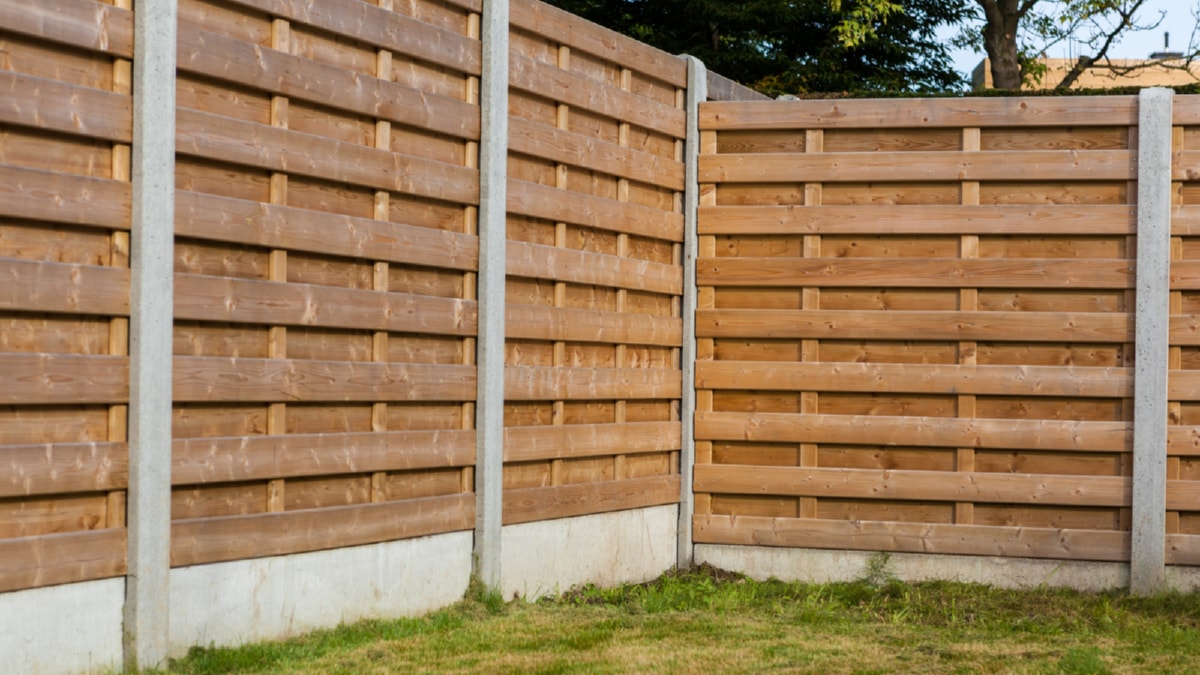Selecting the correct construction materials is a crucial step in ensuring the success of any building project. The choice of materials can significantly affect the durability, sustainability, and cost of the project. It’s not only about selecting the strongest materials, but also about understanding the purpose of the project and the most suitable materials to fulfill that purpose. In this article, we will guide you through the process of choosing the appropriate building supplies.
First and foremost, it’s critical to take into consideration the function and location of the building. Different materials perform better in different climates and for different purposes. For instance, in a humid climate, you might want to avoid materials that are susceptible to mold and moisture damage. If the building is intended for commercial use, it should be constructed with materials that can withstand heavy usage.
Next, consider the durability of the materials. The longevity of a structure is largely dependent on the durability of the materials used in its construction. For instance, steel and concrete are known for their durability and can last for decades with minimal maintenance. On the other hand, wood, while aesthetically pleasing, requires more maintenance to prevent decomposition and insect damage.
Cost-effectiveness is another important factor to consider. The most durable and high-quality materials often come with a hefty price tag. However, investing in these materials can save money in the long run as they often require less maintenance and have a longer lifespan. It’s important to balance the initial cost with the long-term benefits and potential savings.
Furthermore, consider the environmental impact of your chosen materials. The construction industry is a significant contributor to environmental degradation. Therefore, selecting environmentally friendly materials is not only beneficial for the environment but can also enhance the reputation of your project. Materials that are locally sourced, recycled, or have a low carbon footprint are excellent choices.
Ease of installation should also be factored in when selecting construction supplies. Some materials may appear to be cost-effective initially but could require specialized handling and installation processes, which could increase the overall cost. Therefore, it’s important to consider the full life cycle cost of the materials, including installation, maintenance, and eventual disposal costs.
Lastly, aesthetic appeal cannot be ignored. The materials should align with the desired visual appeal of the building. The choice of materials can significantly influence the overall look and feel of the structure. For instance, glass and steel can give a modern look, while brick and wood can create a more traditional feel.
In conclusion, selecting the right construction materials is a multifaceted decision that requires thoughtful consideration of various factors. The function and location of the building, durability, cost-effectiveness, environmental impact, ease of installation, and aesthetic appeal all play crucial roles in this decision. By carefully assessing each of these factors, you can ensure that you choose the most appropriate materials for your construction project.
.
For more details, check best interlocking services Toronto or visit their business listing here.



